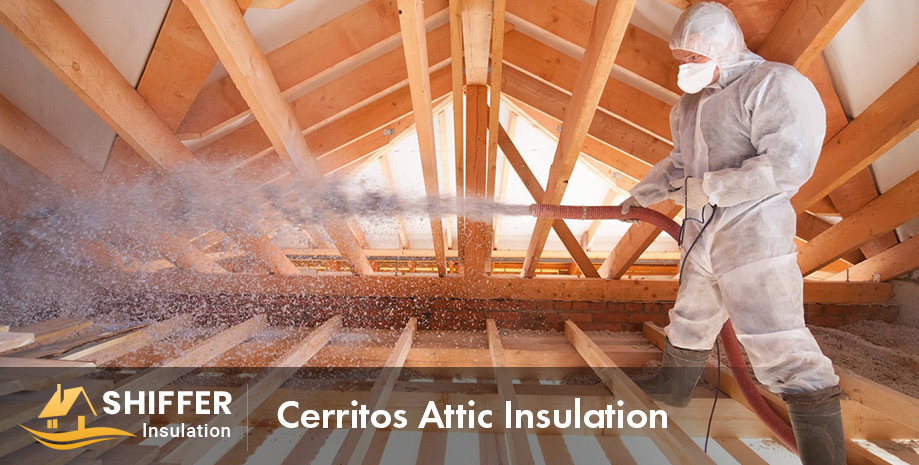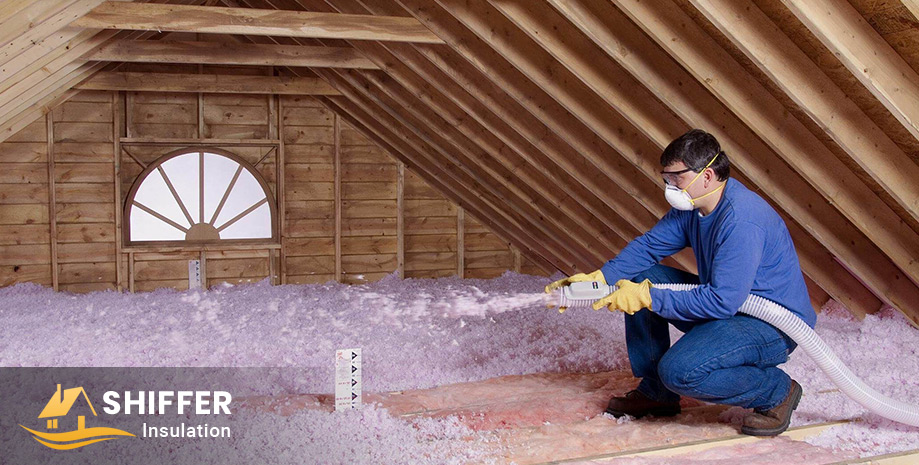Effective attic insulation is essential for maintaining comfortable indoor temperatures and energy efficiency. Recognizing signs of inadequate insulation can help you address issues promptly. Here are key indicators to watch for:

| Types of Attic Insulation | Description |
|---|---|
| Fiberglass Insulation | Consisting of tiny glass fibers, fiberglass insulation is cost-effective, easy to install, and available in batts or loose-fill form. It provides good thermal resistance and is commonly used for attics and walls in various properties. |
| Cellulose Insulation | Made from recycled paper and treated with fire-retardant chemicals, cellulose insulation is eco-friendly and effective in filling gaps and voids, reducing air leakage. It offers good thermal performance and soundproofing qualities, making it a popular choice for attic insulation projects. |
| Spray Foam Insulation | As a liquid that expands and hardens, spray foam insulation creates a seamless, airtight barrier, offering excellent thermal resistance and air-sealing properties. It is ideal for insulating irregular spaces and hard-to-reach attic areas, providing superior energy efficiency and enhanced comfort. |
| Mineral Wool Insulation | Made from rock or slag, mineral wool insulation is non-combustible and offers good fire resistance. It provides effective thermal insulation and is also known for its sound-absorbing properties, making it suitable for thermal and acoustic insulation in attics and other building areas. |

Understanding the R-value and thermal resistance in Cerritos is essential in insulation. R-value measures heat flow resistance in the imperial system, while Thermal Resistance does so in the metric system.
Both metrics indicate material efficiency against heat transfer; higher values mean better performance. They differ in calculation: R-value results from thickness divided by thermal conductivity, while Thermal Resistance is the inverse.
While specific Cerrito’s values are lacking, approximate R-values per inch for insulation types include
Boost comfort and energy efficiency. Reach out to Shiffer Insulation for Cerrito’s attic expertise. We follow guidelines, using quality materials for year-round insulation and savings. Experience a better living, starting today.
Attic insulation is crucial as it forms a thermal barrier, regulating indoor temperatures and improving energy efficiency by reducing heat transfer between the living spaces and the outside environment.
Signs include fluctuating indoor temperatures, high energy bills, or discomfort. A professional inspection can determine if additional insulation is necessary.
Insulation generally lasts many years, but factors like wear, damage, and changing energy codes may necessitate replacement.
Proper insulation and ventilation can reduce the likelihood of ice dams by maintaining a consistent attic temperature and preventing snow from melting and refreezing on the roof.
Certain types of insulation, like cellulose and mineral wool, offer soundproofing properties, reducing noise transmission from outside and between rooms.